A Scion Society of The Baker Street Irregulars
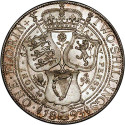
Nomenclature of British Money
“… for he can speak several languages …”
– The Adventure of The Musgrave Ritual (MUSG)
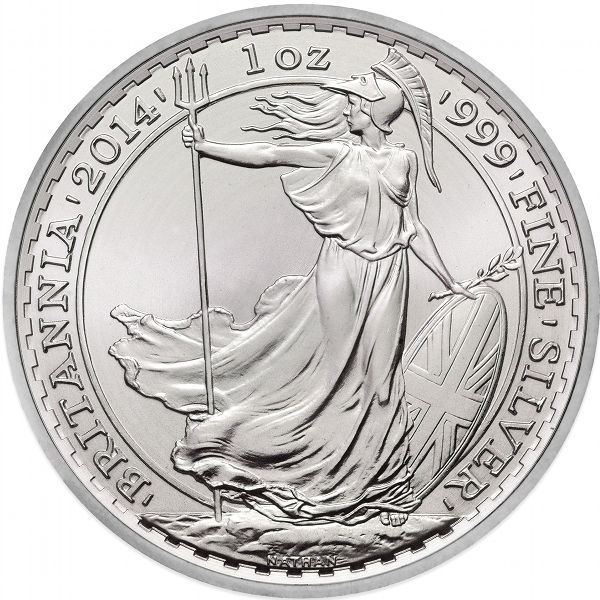
The names of British coins are largely derived from the many ethnic groups that have invaded and colonized Britain down the centuries. In fact, the nomenclature of British money actually forms a mini-history of Britain.
PENCE: In the 6th century, Britain was invaded by three Germanic tribal confederations, the Angles, Saxons and Jutes. Their smallest coin was the pfennig. This is the origin of the word penny and pence.
SHILLING: This comes from the Old Norse (linguistically part of the Germanic family) “sciljan” meaning “to cut.” The early Germanic people had no gold coinage. They extruded gold into wire. A certain length of this wire was cut into a weight of 1.3 grams. This weighed just as much as the silver penny. Since the value ratio of silver to gold was 1:12 one cutting (“shilling”) of gold was equal to 12 pence.
POUND STERLING: William the Conqueror’s invasion of 1066 brought many innovations to Britain – courtesy of the Normans. The Normans used silver ingots which weighed a pound. So a pound sterling was just that, 16 ounces of pure silver. Each ingot was stamped with a star as a sign of its weight and purity. The Old English word for star was “sterre.” This evolved into “sterling.”
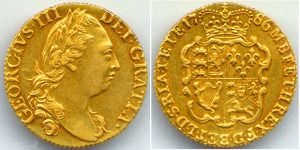
GUINEA: This gold coin was minted from the 17th century until 1813. It was worth £1 plus 1s or 21 shillings. It was named after the Guinea Coast which was later called the Gold Coast. This geographical area was a great source of gold for Britain. Long after the coin was no longer minted, professional fees, horsetrack bets, antiques, and other upper crust prices were often quoted in guineas. Since a guinea is one shilling more than a pound (20 shillings) any price quoted in guineas is 105% of the same number of pounds. Therefore, 100 guineas is 105 pounds sterling, 300 guineas is 315 pounds, etc.
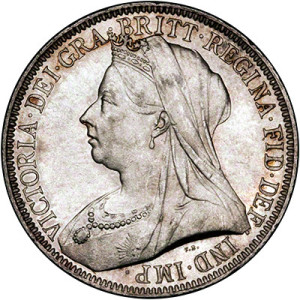
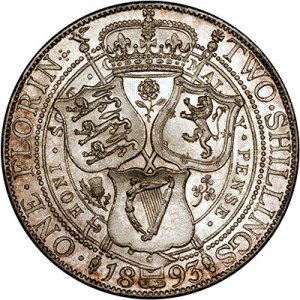
FLORIN: From the death of Charlemagne (9th century) to the mid-13th century, there was no regular minting of gold coins in Europe. With the rise of the great commercial city-state of Florence, that changed. Florence reintroduced regular and reliable gold coinage with the florin, first minted in 1252. Edward III, in 1344, issued the first British florin which was worth 2 of the Florentine florins. In Victorian times the “florin” was revived, being worth 2 shillings or 1/10th of a pound. The British public correctly saw this as the first step towards decimalization of currency. Traditionalism triumphed and decimalization died, and with it went the florin.
£ / s / d: This was the way pre-decimalized Victorian money sums were noted. The “£” came from the first letter of the Old French ‘livre” which meant pound and was thus one of the Norman vestiges. The origin of the shilling is discussed above. The “d,” denoting pence, came from the Roman occupation of Britain. The Roman silver penny was the denarius. The Romans left Britain in 410 AD. But the denarius lived on in the “d” as the symbol for the pence until Britain decimalized its currency in the 1960s.
This post was originally published in the The Sherlockian Times and was later reprinted in The Formidable Scrap-Book of Baker Street, edited by Carolyn & Joel Senter.

The 33rd Garrideb, Alexian A. Gregory, has the longest investiture name of all TFG members – Grey archways and mullioned windows and all the venerable wreckage of a feudal keep. A Sherlockian since 1984, Al collects foreign editions of The Hound of The Baskervilles, among other Sherlockian items. In addition to memberships in the Baker Street Irregulars, Adventuresses of Sherlock Holmes and the John H Watson Society, Al is active in several other scions in the New York and New Jersey areas.

Sorry, comments are closed for this post.